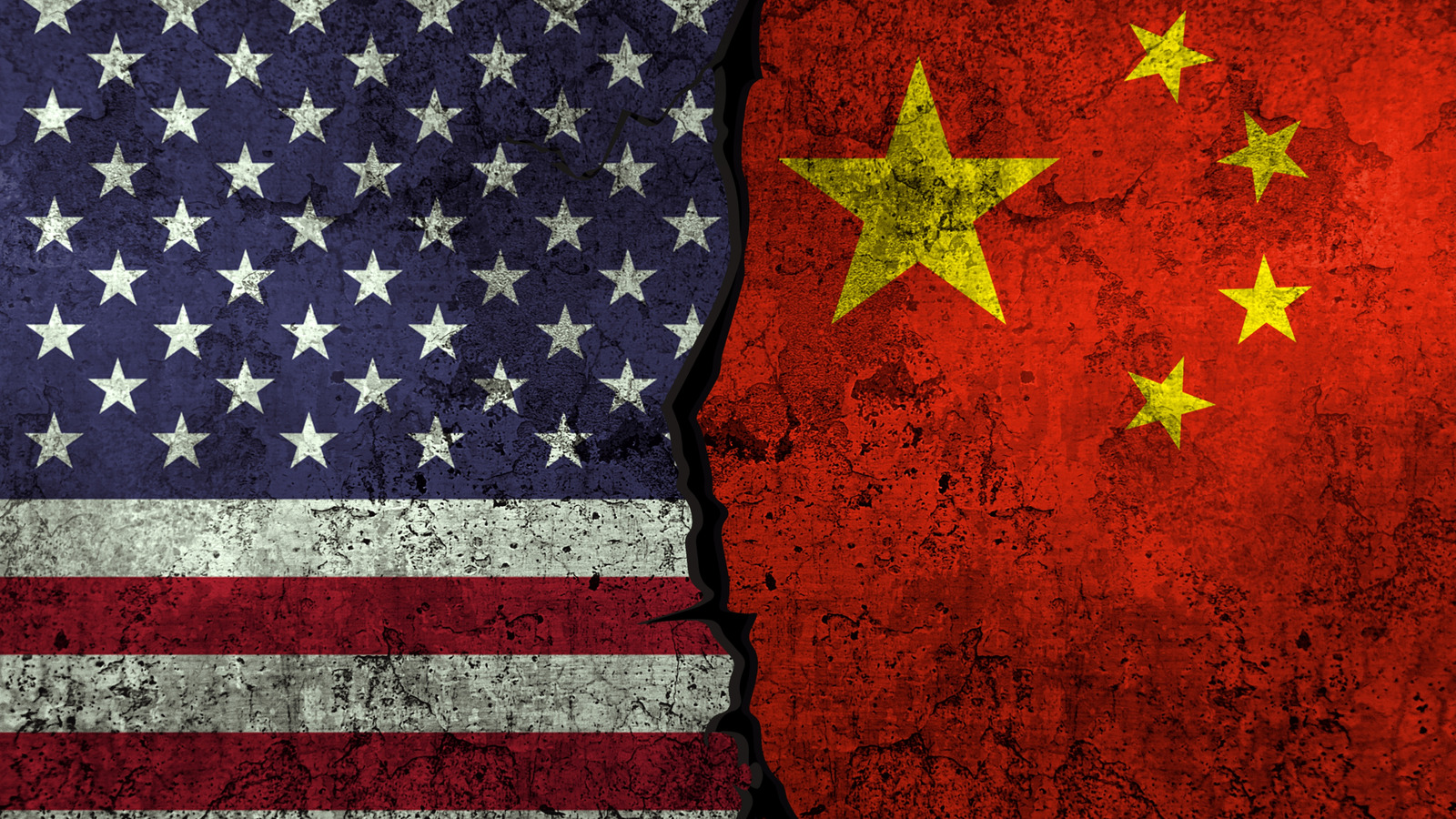Rapid Read • 8 min read
In 2025, retailers and consumer brands are facing renewed volatility in supply chains due to rising import costs, inflationary pressures, and shifting trade policies. The proposed tariff increases are causing companies to reconsider their orders, impacting margins and production costs. This situation is exacerbated by a lack of visibility in supply chain operations, with many brands struggling to obtain real-time data on costs, production status, and logistics. According to Sage's 2025 State of Supply Chain Report, only 21% of brands feel extremely confident in managing disruptions, highlighting a significant visibility gap. Brands that have invested in visibility have been able to recover from disruptions much faster, with 57% of high-visibility brands bouncing back in under a week compared to 12% of low-visibility brands.
AD
The current supply chain challenges underscore the importance of investing in visibility and supplier diversification. Brands that rely heavily on single-country suppliers, particularly those concentrated in China, are vulnerable to tariffs and region-specific risks such as strikes and climate events. Diversification is crucial for mitigating these risks, with 78% of brands indicating that supplier geography and logistics profiles will influence sourcing decisions. Additionally, 66% are diversifying sourcing and shipping lanes to optimize costs and reduce exposure. The ability to quickly adapt to disruptions is becoming a competitive differentiator, with real-time infrastructure and automation playing key roles in enhancing supply chain resilience.
Brands are expected to continue prioritizing investments in real-time data and analytics to improve agility and response times. Supplier networks will be diversified to reduce reliance on single regions, and automation will be embraced to streamline workflows and unify systems for smarter execution. Planning for disruptions before they occur, through simulations and securing executive support, will be essential for building contingency into key functions. These strategies aim to transform supply chains from reactive to proactive, ensuring resilience in the face of ongoing volatility.
The focus on supply chain resilience reflects broader shifts in business strategy, where agility and adaptability are increasingly valued over traditional stability. This approach not only prepares brands for immediate challenges but also positions them to thrive in future disruptions. The integration of technology and strategic partnerships will redefine supply chain management, emphasizing collaboration and innovation as key drivers of success.
AD
More Stories You Might Enjoy













